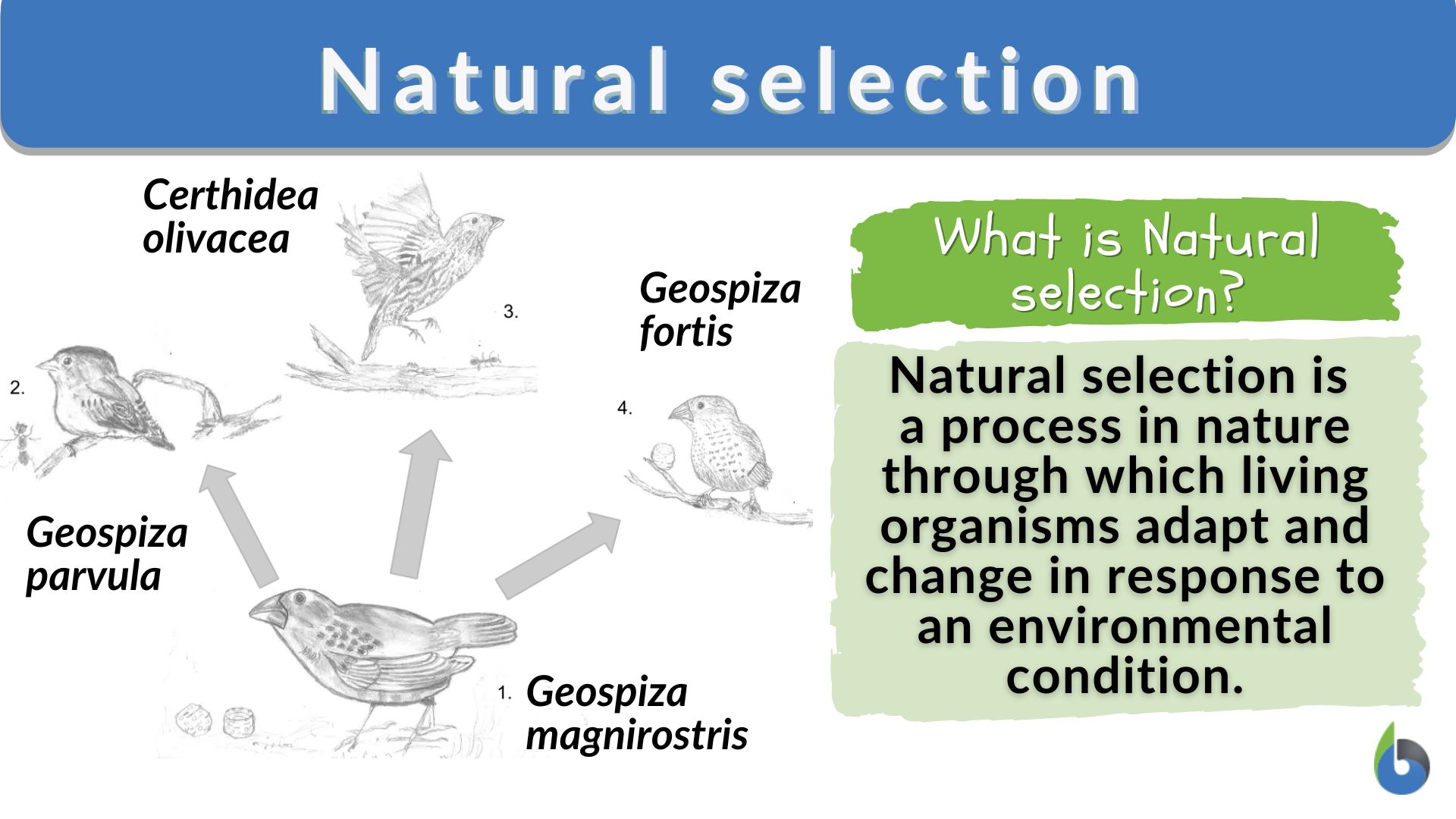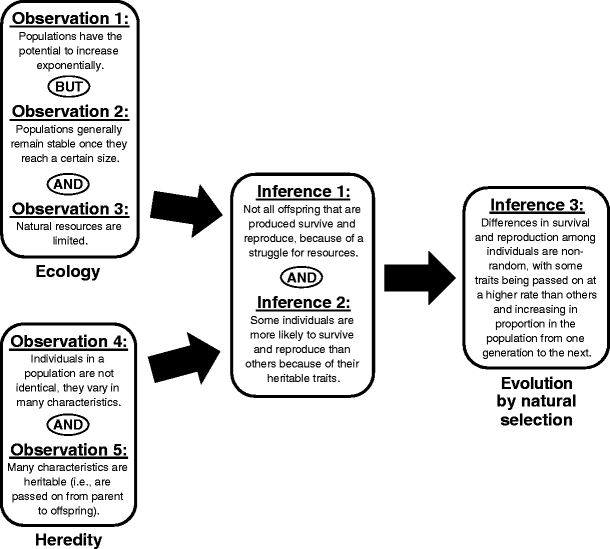Reference




OpenAI's Answer
Natural selection is considered necessary for the development of complex life for several reasons, which are supported by various scientific resources:
-
Adaptive Evolution: Natural selection is one of the main mechanisms that drive adaptive evolution. According to the University of Hawaii at Manoa, "natural selection requires variation between individuals and favors those with traits that increase their survival and reproductive success" source. This process leads to the gradual accumulation of beneficial traits over generations, resulting in increasingly complex organisms.
-
Complex Traits Development: Many complex traits seem to have evolved through natural selection in small, incremental steps. As noted by the University of California, Berkeley, "since many of these complex traits seem to be adaptive, they are likely to have evolved in small steps through natural selection, with intermediate forms being functional and advantageous" source.
-
Biodiversity and Ecosystems: Natural selection shapes the diversity of life and the complexity of ecosystems. According to an article on ScienceDirect, "natural selection is a major theory to explain the diversity of species and the variations in complex traits within populations" source.
-
Long-Term Evolutionary Changes: Natural selection works over long time periods, promoting the development of complex life forms. According to the National Institutes of Health (NIH), "complexity in organisms is cumulatively increasing, giving evolution a direction, known as the arrow of time" source.
-
Interactions and Co-evolution: Natural selection drives interactions between species, such as predator-prey relationships and symbiosis. This co-evolution leads to increasingly intricate and interdependent life forms, contributing to ecological complexity.
Below are some images that illustrate natural selection and its role in developing complexity in life:



By understanding these points and supporting research, it becomes clear why natural selection is crucial for the development of complex life forms on Earth.
Follow Up
Related
What were the findings of Paganelli's research on immune complexes in atopic dermatitis?
How many outdoor swimming pools does the Parc Jean Drapeau Aquatic Complex have?
How do immune responses differ between normal and milk allergic subjects?
Which specific elements made the roof of the Jedwabne Synagogue architecturally complex?